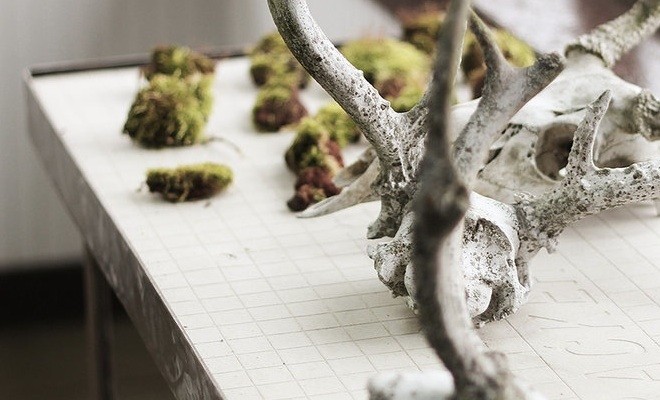 Text and photography: Carina Gibson
Text and photography: Carina Gibson
Laying on a bed of moss
Text and photography: Carina Ginson | Moss and Milk
Amidst the cornfields and apple orchards of the countryside of the Midwest of America, a winding dirt road leads to a quaint house in the middle of the woods. Ashley Lieber works and lives in this quiet oasis, creating her signature art pieces that bring the natural world closer to her viewers. Creating large wooden framed pieces in which she incorporates moss, lichen, and other natural elements such as bones, and found objects from the nature surrounding her – she aims to bring the serenity and peace nature offers to an audience that needs it.
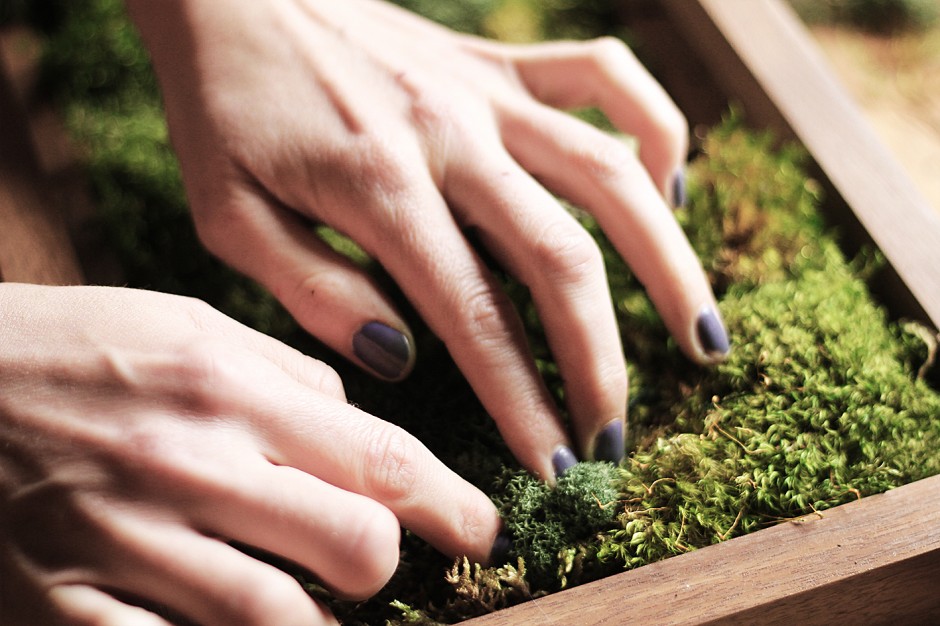
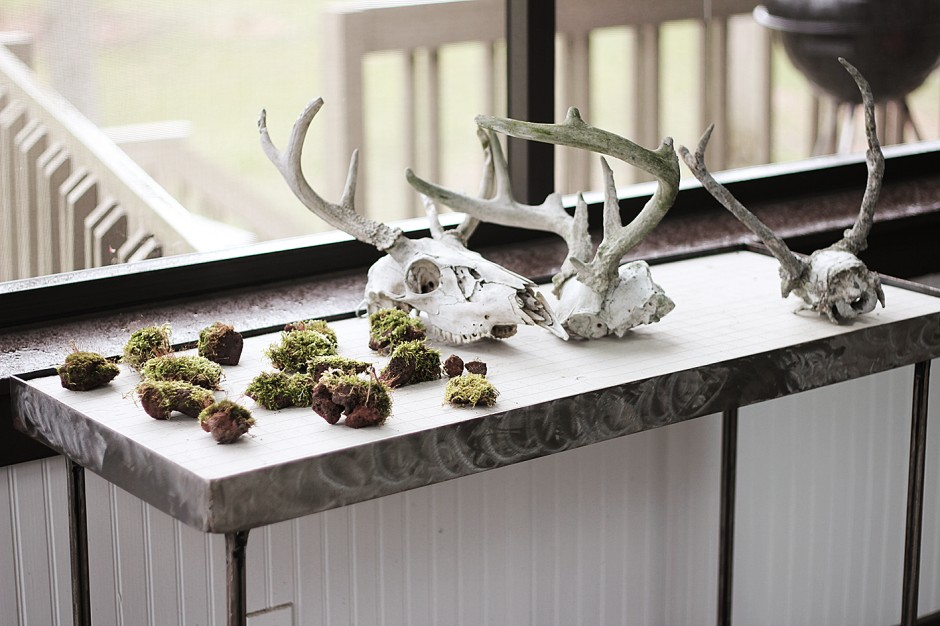
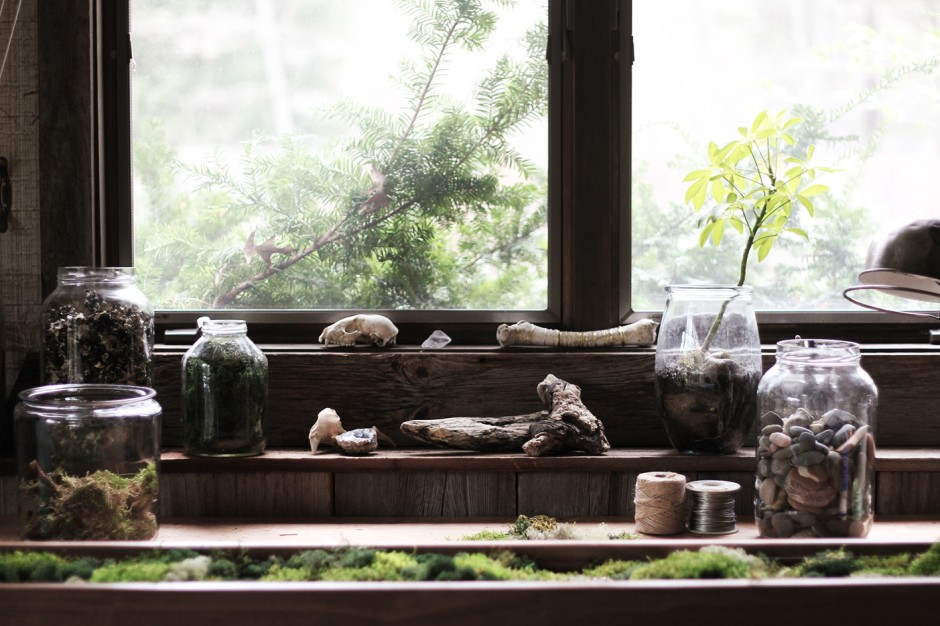
- Ashley, how long have you been making these pieces?
- Moss for Meditation series started about six months after I finished my masters in Fine arts at the University of Michigan, which was 2007. I have been studying environmental topics since I was a child, asking questions about water and how things worked in the natural world. At the University of Michigan I studied topics in environmental stewardship, urban agriculture, and of course art and contemporary art and sculpture. I got a Masters in Fine art. The core of my studies was natural resources and environment.
- What drew you to moss as a medium for the pieces you create?
- After I finished my Masters degree, I had been studying eco-psychology extensively so I was thinking – how can I create visual language for the concepts that I have been thinking, reading and am passionate about? Ideally I wanted to start with something small, a microcosm. So if you look at moss, it is very intricate, and an amazingly reflexive and dynamic living organism. I wanted to hone into something that was beautiful and also had dynamism happening. I started working with moss because I was working on my thesis and really stressed out, and I had a dream I was laying on a bed of moss and I woke up and felt so calm. The first thing I did when I got up was go for a hike in the woods and look at some moss. Once I was there in the forest, I realized my brain was actually calming down as I was looking at the variances of colors and textures and realized it would be a wonderful medium to work with – like a three dimensional painting, moss on a forest floor. I walked home with that idea in mind and let it stew for a while. Once I finished school I revisited it. I started looking for responsible sourcers for moss. I found this great company in California. They are bringing in moss and lichen from all over the world. Mostly from the Pacific Northwest, some from Chile, Finland, and some from the East Coast as well. I gathered some materials and started assembling them together – the process came very naturally to me as a sculptor. As I worked with the pieces, I learned how peaceful the process itself was.
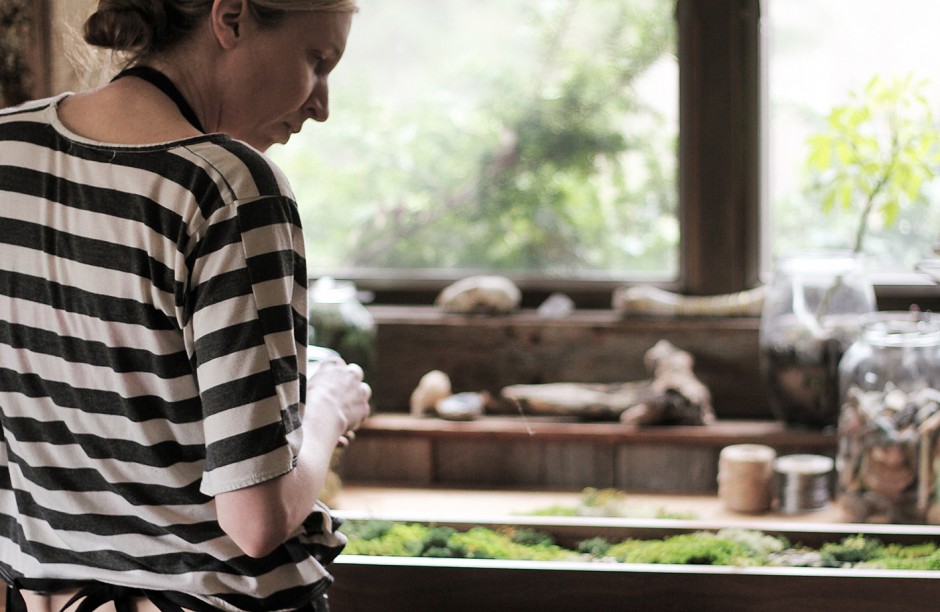
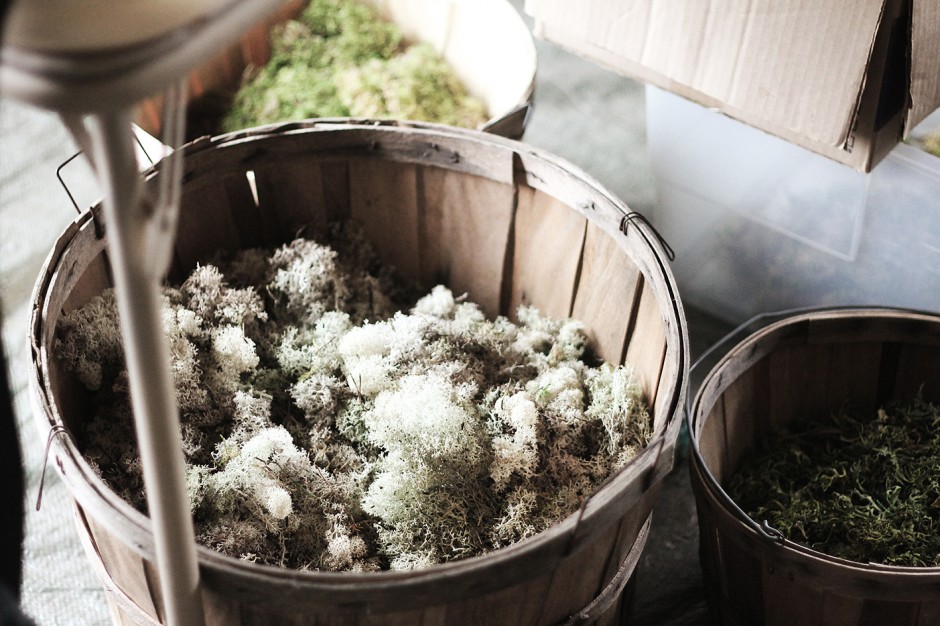
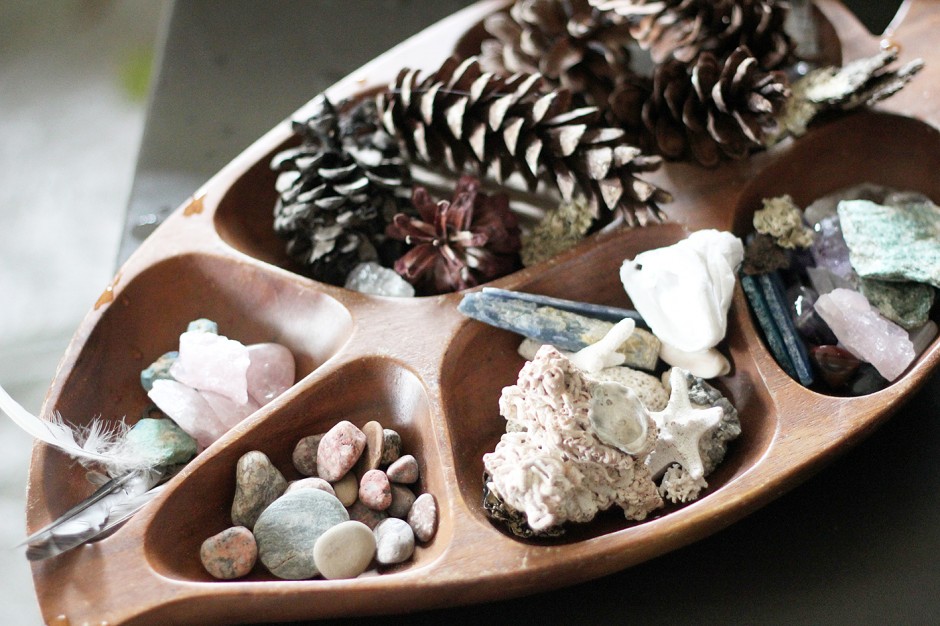
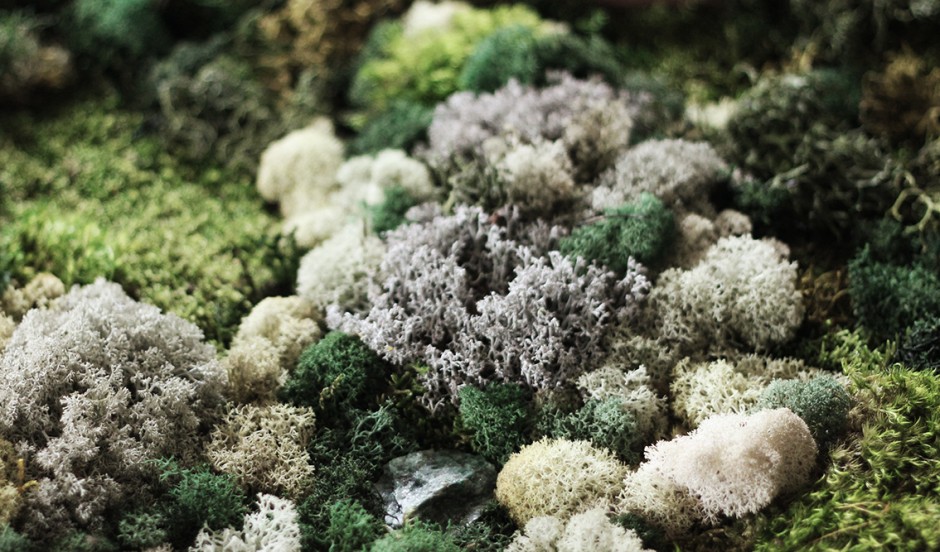
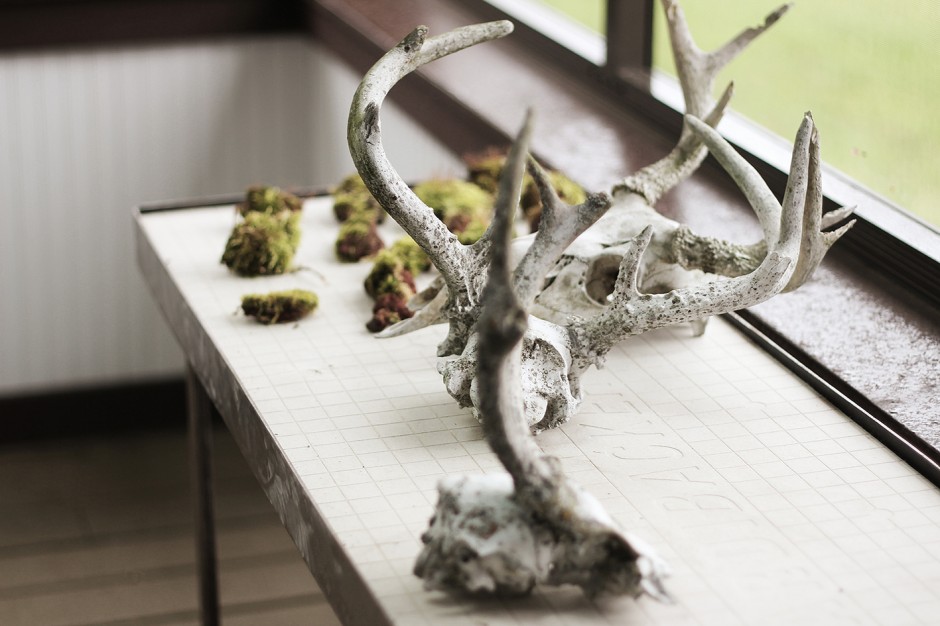
- Do you have a ritual, or routine to your creative process?
- It is a yes and no answer. The creative process is innately temperamental. Upholding a studio practice is very important and allows you to train your muse. So no matter what, your muse knows you are going to be there. You are present there. That is really what I focus on – being present with my work and my materials. That includes with where the materials are coming from, and where it is going. These pieces are all going into inside spaces, and mostly all into cities. I am incorporating found objects from the forest or other parts of the country, I think about the city and the cityscape it is going to, and how much the people who commissioned the work are missing the forest, and being out here feels like a gift. Bringing the natural patterns into the work so it isn’t just about my vision – but looking at the forest floor and how things fall, and recreating.
There is a also a pattern to how I work. Its very important for me to start my day by going outside. In the winter it’s different, in the winter things come to a rest, so during that period I did more research and resting.
It is important for me to communicate that this work is about bringing more patterns of nature into the city, my work is a lot about visual language – the language being patterns of nature, as well as eco psychology – looking at the whole human, whole health, whole ecology, not just the art piece itself.
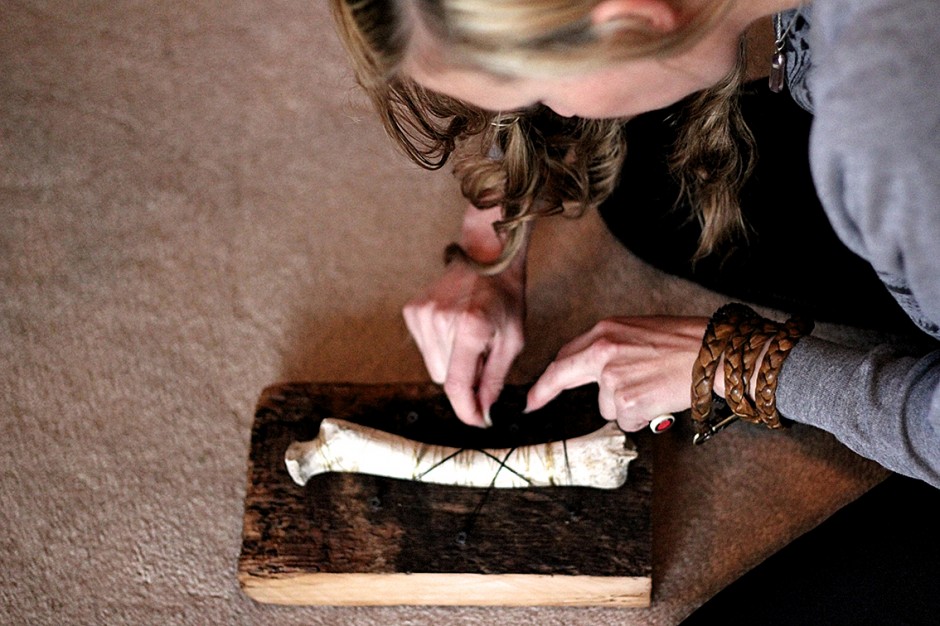
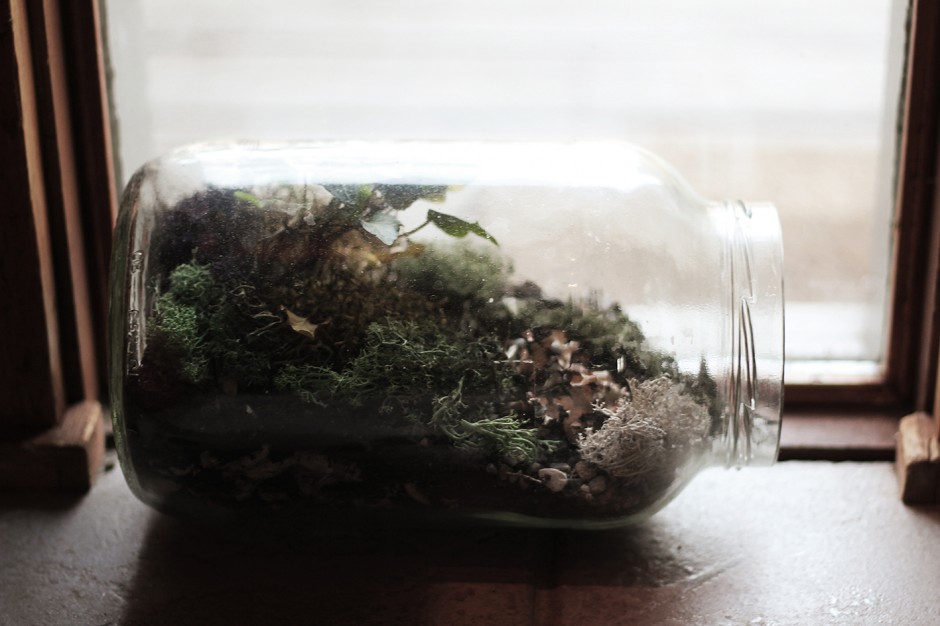
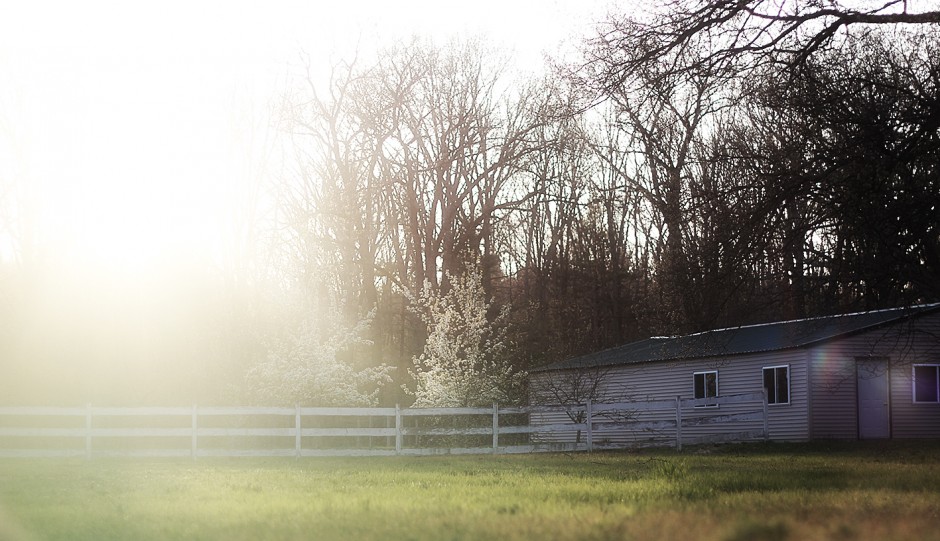
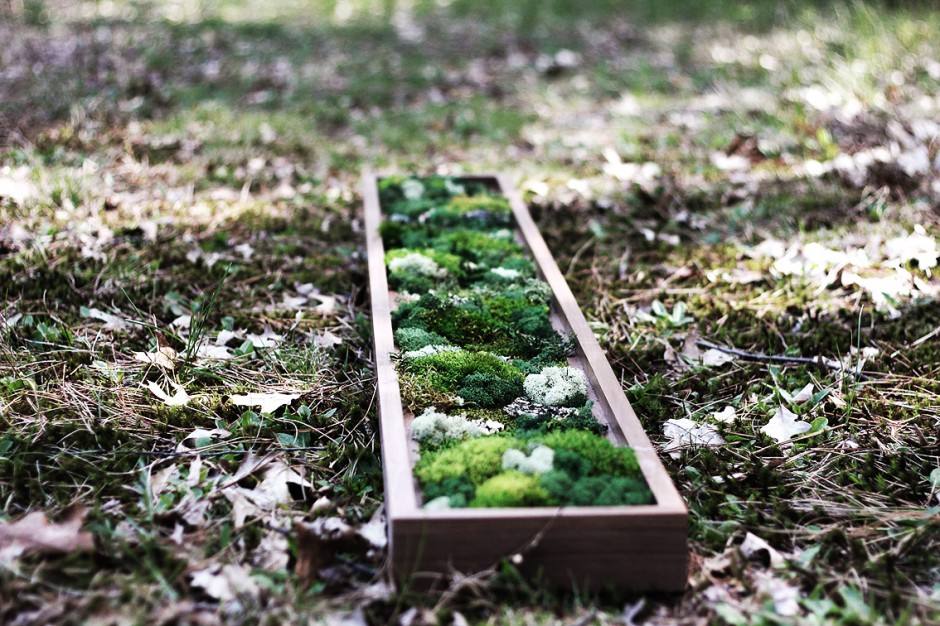


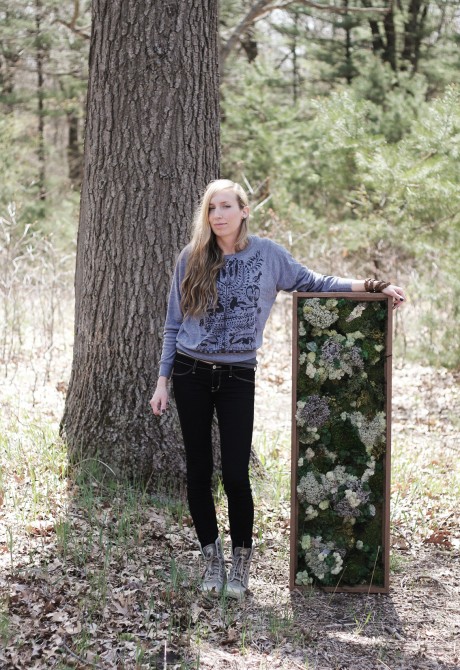
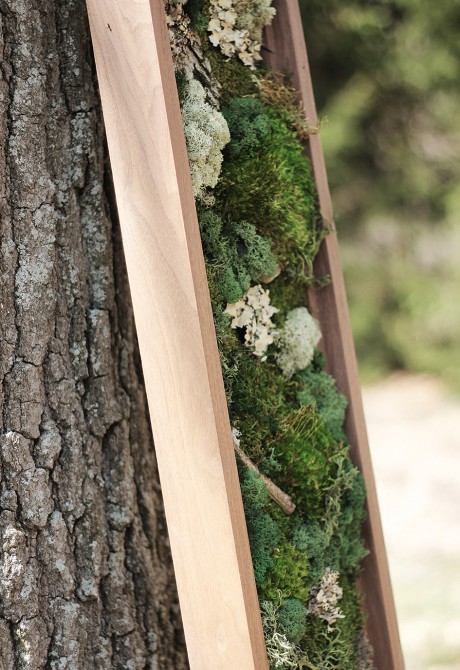

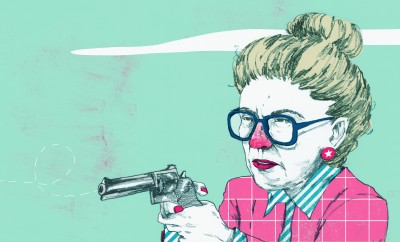
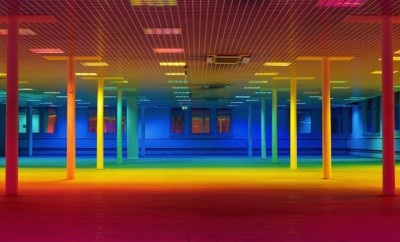

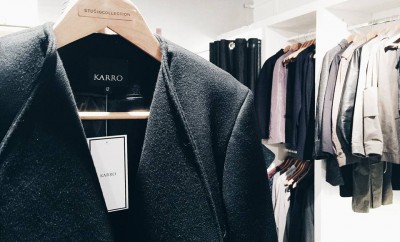
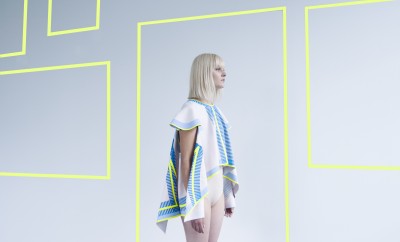
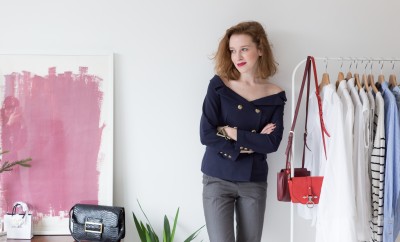
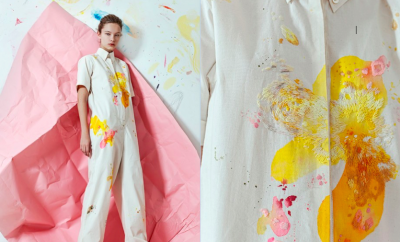

You must be logged in to post a comment Login